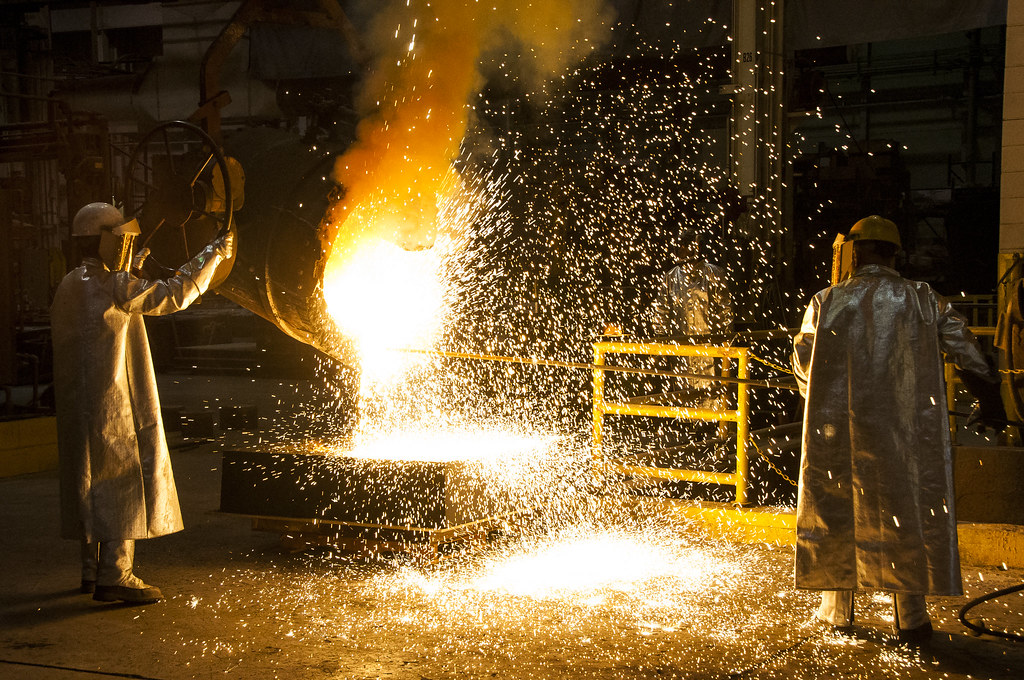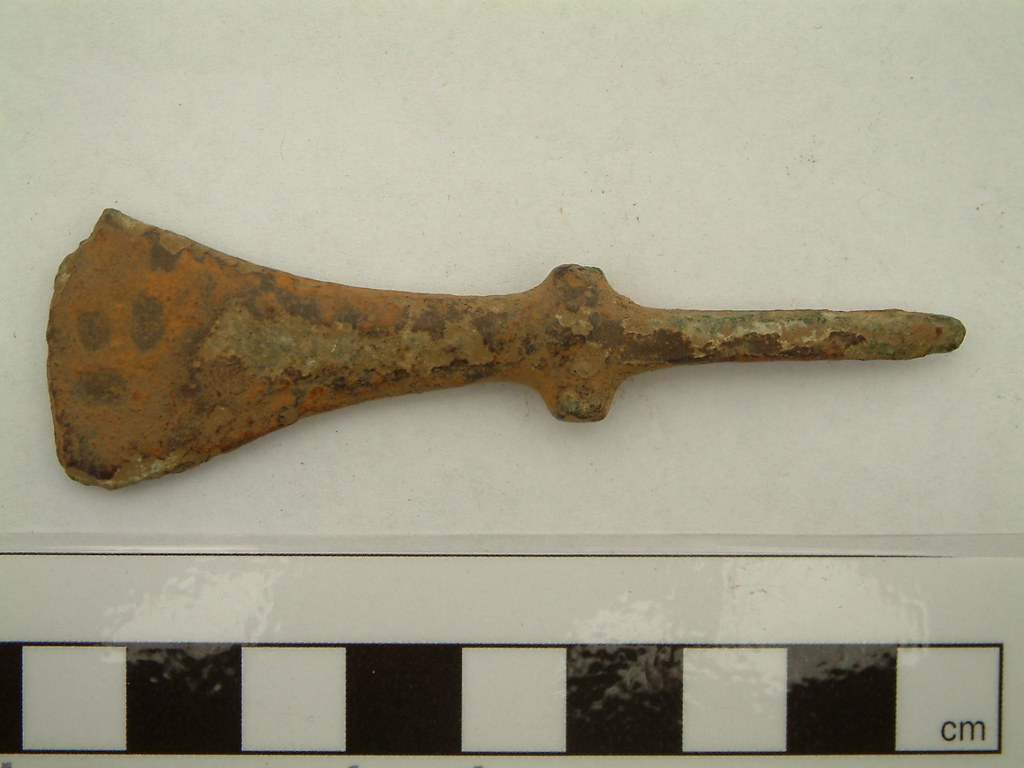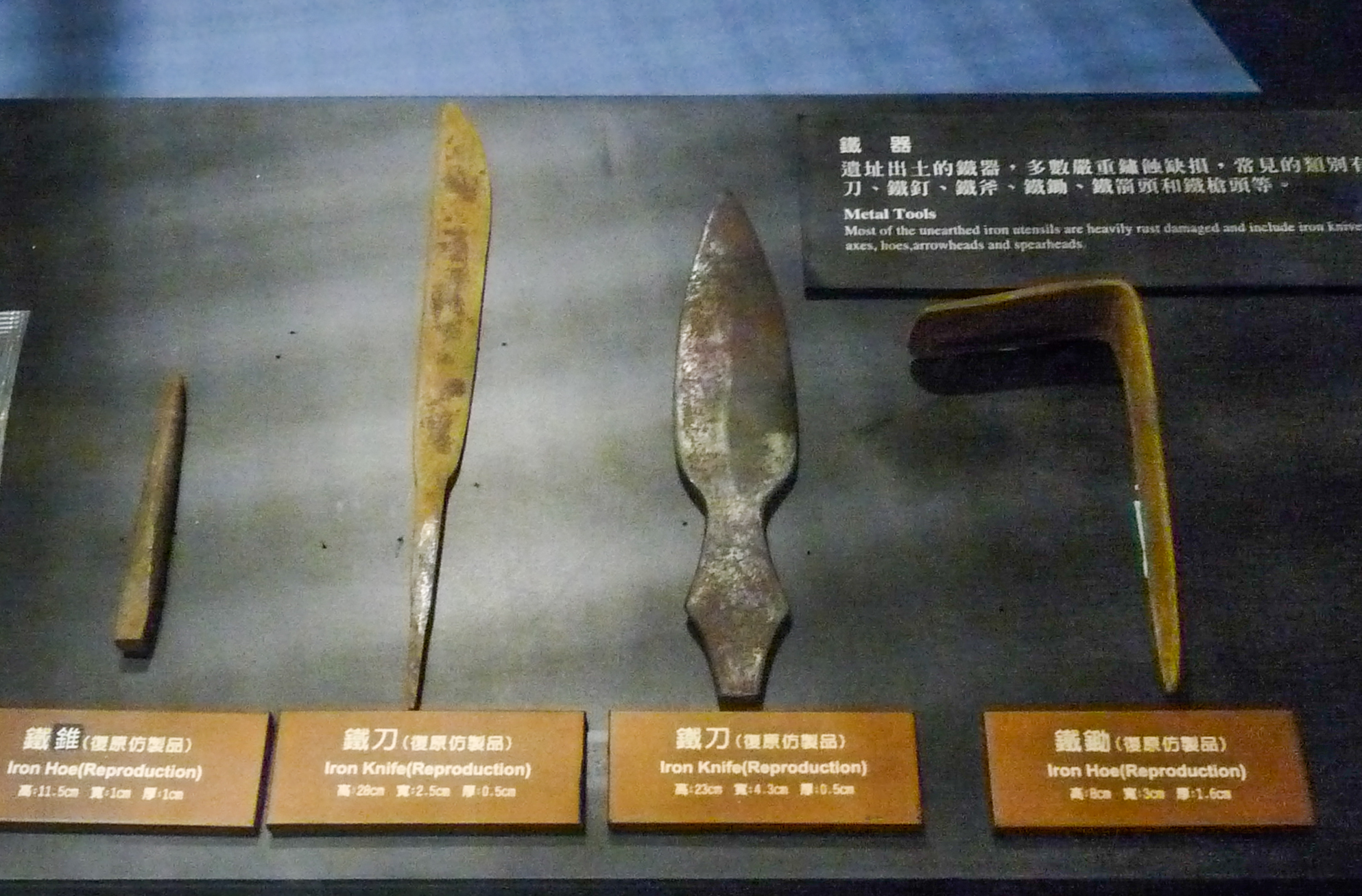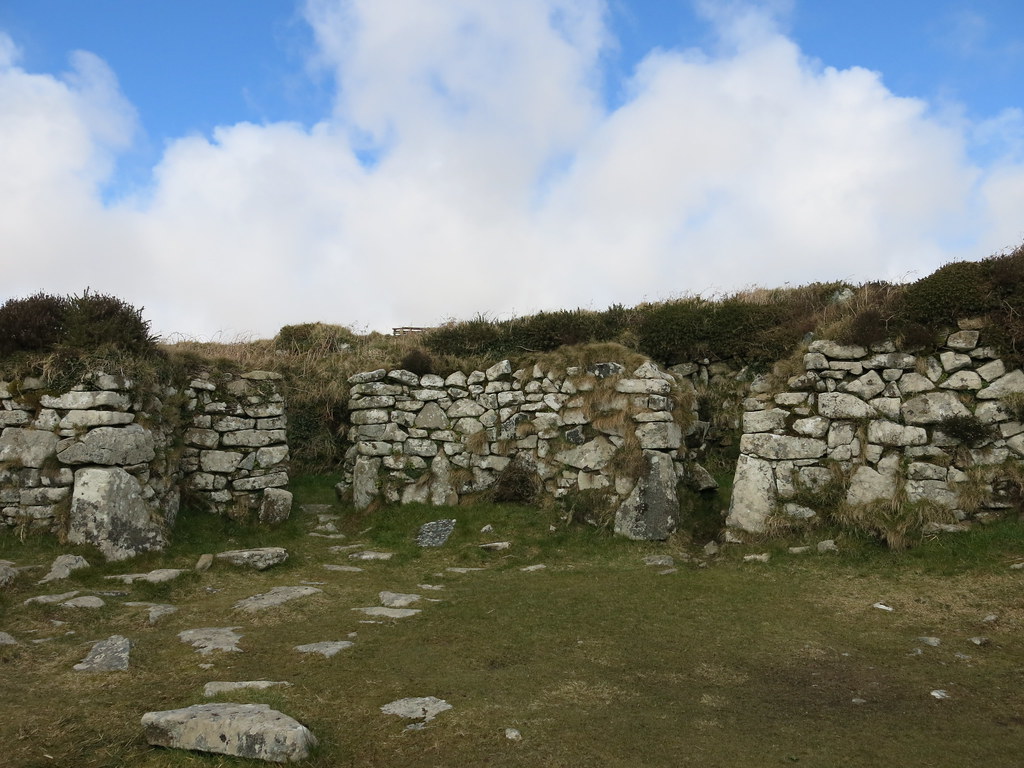The Iron Age is the final technological and cultural stage in the Stone–Bronze–Iron sequence. During this Age metalworking techniques evolved drastically. Iron, a much more resistant material, gradually replaced bronze, beginning from the Middle East and reaching southeastern Europe around 1200 BC.

image source: https://search.creativecommons.org/photos/90d0cd9c-d3de-4f95-a1fb-3e15f109639a by Kevin Casey Fleming

Image source: https://search.creativecommons.org/photos/cd571f4d-875f-4990-9218-fe9866f6e4ff by portableantiquities
How was the transition from Bronze to Iron Age?
The ancient metallurgists, deprived of their favorite metal, set out in search of a new material to work with. They invented the iron which was not a discovery, yet ancient metallurgists for 800 preferred to work with bronze. For the following reasons:
- The ancient metallurgists did not understand the properties of iron as did bronze.
- Iron is not much harder than bronze.
- Unlike bronze and tin which are easy to extract from ore, iron ore requires a more complicated smelting process and is much more energy-consuming.
- Bronze can be easily melted in a pot over a fire while iron making requires a specialized oven.
These factors discouraged ancient metallurgists from using iron. However, deprived of tin due to the collapse of trade, those metallurgists began to learn how to work iron. It was then that they made an important discovery.

image source: https://search.creativecommons.org/photos/a2ffc2f6-07ad-47c2-b4c3-54536ccd0e38 by Ismoon (talk) (merci Hélène !)
How men learned to smelt?
There is an ongoing debate to understand how the ancient learned smelt.
It is likely that the first smelting was done by accident by lighting a bonfire over tin or lead ores, accidentally producing a metallic tin and lead, as the melting temperature for these is easily reached. These metals can be remelted and cast to make ornaments, tools, or weapons.

image source: https://search.creativecommons.org/photos/23645784-0c2d-45a3-aa17-0f89079b3863 by JJLosier
How was Iron Age lifestyle ?
The way of life in the age of bronze improved greatly thanks to housing. The typical building on a settlement would have been the large roundhouse. The mainframe of the roundhouse would have been made of upright timbers, which were interwoven with coppiced wood to make wattle walls. The roof was constructed from large timbers and densely thatched. The main focus of the interior of the house was the central open-hearth fire. This was the heart of the house to provide cooked food, warmth, and light. Given the great importance of the fire, within the domestic sphere, it would have been maintained 24 hours a day.
All of the domestic life would have occurred within the roundhouse.

Image source: https://search.creativecommons.org/photos/8c69a762-a432-4795-8225-37d34226de12 by Peter Curbishley

Image source: https://search.creativecommons.org/photos/b82fe71f-733b-4957-8e0f-a4b01aabd892 by portableantiquities
A chronological phase of our society
Like for the other periods of prehistory its chronological limits vary considerably according to geographical and cultural context. Some civilizations never knew the Iron Age, while having a social development and/or considerable technical, such as pre-Columbian civilizations.
Therefore now it tends to indicate Iron Age, not a chronological stage or an evolutionary stage, but the presence of a technique that influenced deeply and durably the cultures of some societies, especially in Europe.

Image source: https://search.creativecommons.org/photos/98f8f59e-2842-40e8-a9c0-64b2b88a1d5a by mac morrison
Info sources:
http://study.com/academy/lesson/iron-vs-bronze-history-of-metallurgy.html
http://www.theshorterword.com/stone-bronze-iron
http://www.bbc.co.uk/history/ancient/british_prehistory/ironage_intro_01.shtml
